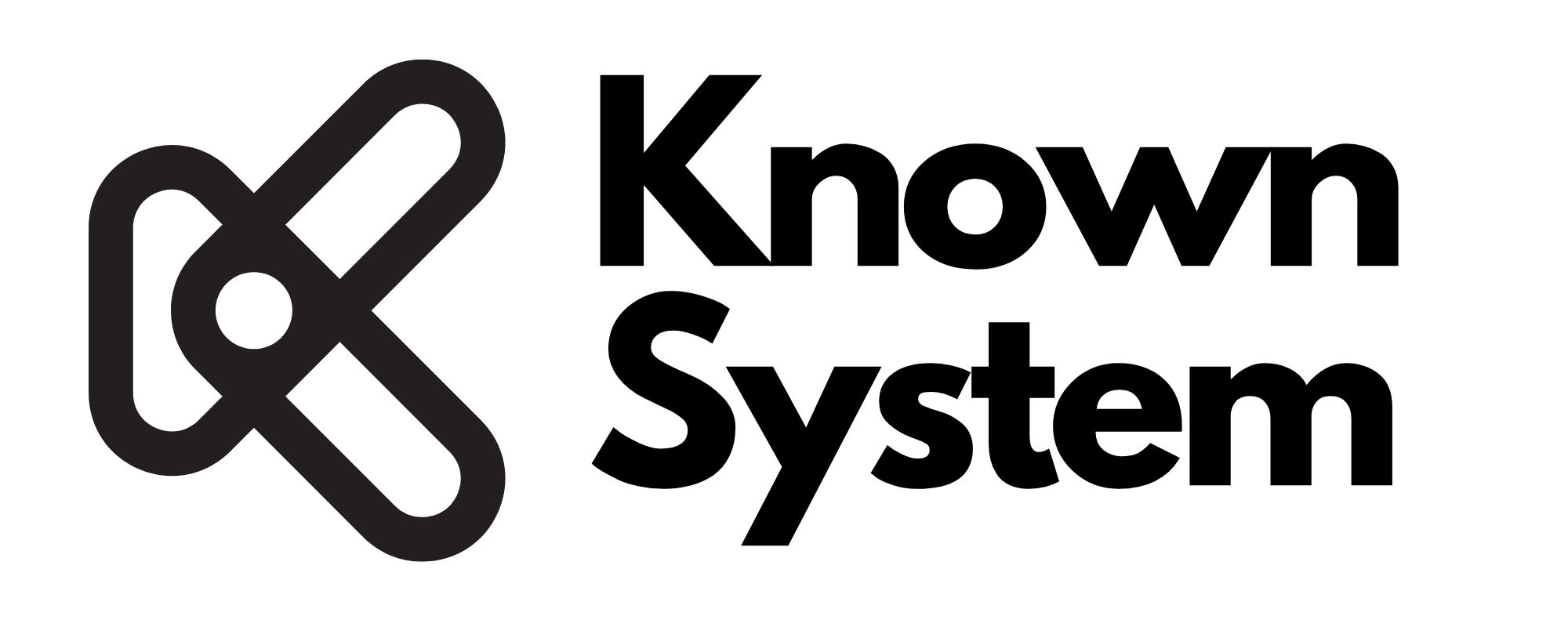Future Trends: How Established Systems Will Adapt to Emerging Technologies

As new technologies continue to emerge and reshape industries, established systems are being forced to adapt in order to remain relevant and competitive. From traditional industries like manufacturing and healthcare to modern services such as banking and education, organizations must innovate in response to technological advancements. Understanding how these established systems will evolve and incorporate emerging technologies is essential for anticipating future developments and ensuring long-term success.

One of the key areas where established systems are adapting is in the realm of automation and robotics. In industries like manufacturing, automation has already streamlined production processes, reduced costs, and increased efficiency. However, the adoption of more advanced robotic technologies, such as collaborative robots (cobots), is expected to further transform production lines. These robots are designed to work alongside humans, enhancing their capabilities and allowing for greater precision and flexibility. As such, businesses that rely on traditional manufacturing processes will need to integrate these new technologies into their operations to stay competitive.

Another major trend is the growing importance of data analytics and cloud computing. Companies in sectors like retail, finance, and healthcare are leveraging big data and cloud services to make more informed decisions, improve customer experiences, and drive innovation. Established systems are adapting by investing in data storage, processing, and analysis capabilities that can handle the increasing volume of information. The rise of cloud computing, in particular, has allowed businesses to scale quickly, access resources on demand, and collaborate more effectively across locations. As emerging technologies continue to generate vast amounts of data, the ability to manage and extract value from this data will be a key factor in staying ahead.

In addition to automation and data-driven technologies, the continued development of the Internet of Things (IoT) is also impacting established systems. IoT devices, which connect everyday objects to the internet, are becoming increasingly prevalent in industries such as healthcare, agriculture, and logistics. For example, in healthcare, IoT-enabled devices can monitor patients' vital signs in real time, providing doctors with valuable insights for treatment. Similarly, in agriculture, IoT sensors can monitor soil conditions and weather patterns, helping farmers make more informed decisions. As IoT technologies become more widespread, established systems in various industries will need to integrate these devices into their operations to improve efficiency and gain a competitive edge.

The rise of emerging technologies also presents challenges in terms of cybersecurity. As more devices become connected and data flows freely across platforms, the risk of cyber threats increases. Established systems will need to invest in stronger security measures to protect sensitive information and prevent breaches. This includes not only securing digital infrastructure but also training employees to recognize and mitigate potential security risks.
In conclusion, as emerging technologies continue to disrupt established systems, businesses must adapt by embracing automation, data analytics, IoT, and enhanced security measures. By proactively integrating these innovations, organizations can maintain their competitive edge and ensure that they are prepared for the future. While the transition may be challenging, the rewards for businesses that successfully adapt will be significant, leading to improved efficiency, customer satisfaction, and long-term growth.


